As the delayed 2020 Olympics get underway in Tokyo, Italian supporters will be rooting for gli Azzurri – ‘the Blues’.
Blue – or to get more specific, azure – has been the colour of Italy’s national sports teams for close to 100 years, despite featuring nowhere on the country’s green-white-and-red flag.
Your more poetically inclined friends might try to convince you that the deep blue donned by Italian athletes serves to remind them of Italy’s enviable sea and sky. But the real explanation is historical, and somewhat more prosaic.
We need to go back in time to a different Italy – before World War Two, before Fascism and before Italy became a republic in 1946.
READ ALSO: ‘Il Canto degli Italiani’: What the Italian national anthem means – and how to sing it
Before Italians voted to get rid of the monarchy 75 years ago, the country was ruled by the House of Savoy, a royal dynasty that first grew to power in the western part of the Alps, in what we’d now call north-west Italy and south-east France.
The Savoys gradually expanded their realm until it extended over the entire Italian peninsula, cannily becoming figureheads in the drive to unify Italy into a single kingdom in 1861.
The newly born Kingdom of Italy featured the House of Savoy’s coat of arms, a white cross on a red background, over the national flag we know today.
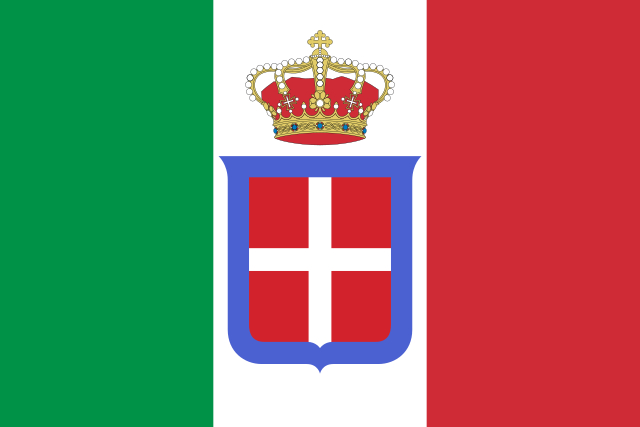
But wait: notice the blue border around that cross?
That’s because blue was the third colour of the House of Savoy: being devoted Catholics, the dynasty invoked the protection of the Virgin Mary – traditionally depicted wearing deep blue – by adding the colour to its red-and-white banners.
The particular shade – defined as “a shade of saturated blue between peacock blue and periwinkle” – became known as azzurro Savoia, or ‘Savoy blue’.
READ ALSO: Italian word of the day: ‘Azzurro’
So a few decades later, when Italy began sending athletes to the newly revived Olympic Games and created the first national football team, and sports associations found themselves in need of national colours, the choices were green, red, white or blue.
The one they went with, at least at first, was white. The first football team to represent Italy internationally, in 1910, played its earliest matches in a white kit topped off with a little tricolour ribbon.
It wasn’t until 1911 that the team adopted its new official jersey: blue with a red-and-white Savoy cross over the heart. They first donned it for a match against Hungary on January 6th 1911 (and promptly lost 1-0).
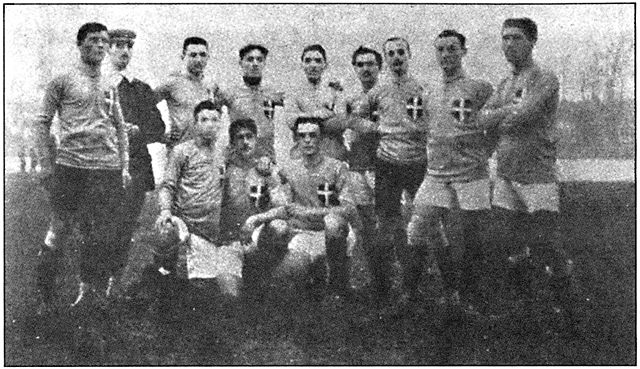
White remained the football team’s back-up colour, as well as the colour worn by most Italian athletes at the 1912 Olympic Games.
But with the establishment of the Italian National Olympic Committee in 1914, a drive began to get all athletes representing Italy in the same kit. By the time of the 1932 Games in Los Angeles, light blue uniforms – still with the Savoy cross – had become more or less standard.
Here’s Italian hurdler Luigi Facelli in blue shaking hands with his rival, David Burghley of Britain in white.
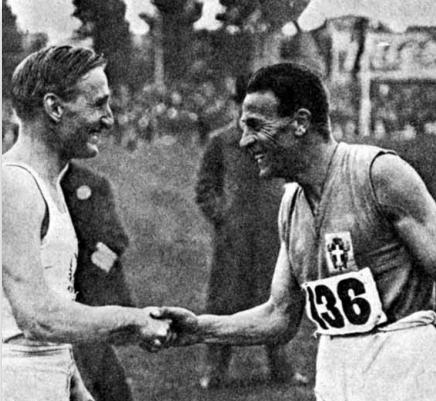
The design underwent some modifications over the years. Benito Mussolini’s Fascists, predictably, made it uglier by adding their symbol, the Roman fasces or bundle of rods that represents strength in unity, next to the Savoy coat of arms.
At one point Mussolini even insisted that Italian competitors swap their blue jerseys for black ones; athletes alternated between black and blue jerseys at the infamous 1936 Olympics in Berlin, as well as other events of the late 1930s.
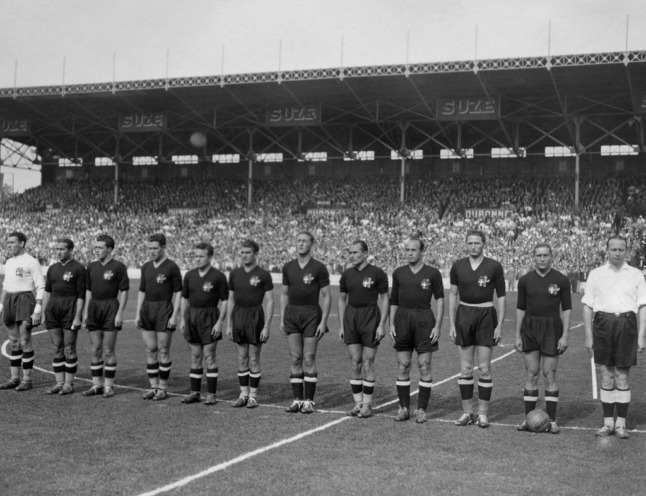
With World War Two and the defeat of the Fascists, Italy’s kit was subject to more changes.
The 1946 referendum that made Italy a republic meant that it could get rid of both the fasces and the Savoy cross from its uniforms.
Their spot over the heart were replaced by a tricolour flag that adorns most national sports kits to this day.
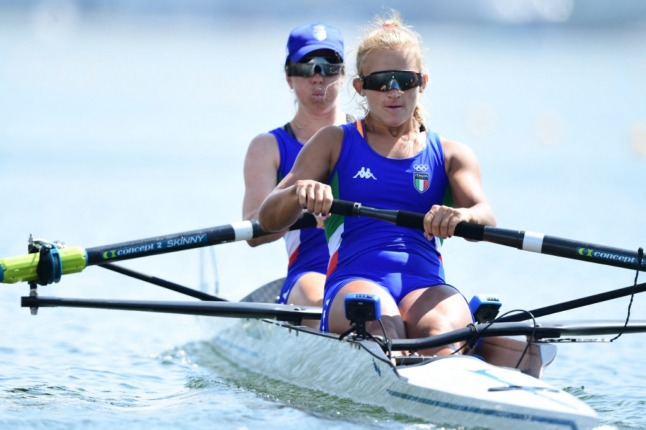
The shade of Italy’s blue has also varied, from sky blue to navy to something close to turquoise. (It helps that Italy has a surprisingly large number of words for blue: learn more here.)
White with blue accents remains the most common alternative kit, but Italian athletes have also been known to don black or red (no green, for reasons we can only assume are aesthetic).
Variations are especially common in certain events – notably cycling, motor racing, skiing, skating and other winter sports.
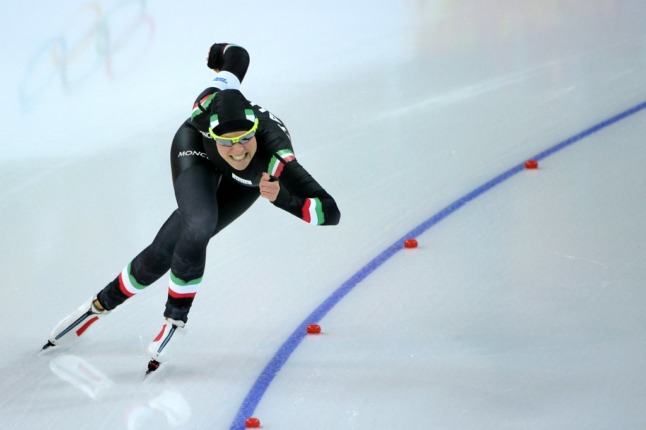
At the Tokyo Games, Italian competitors are wearing mainly blue, with white and blue as a back-up.
Meanwhile their ceremonial tracksuits – designed by who other than Giorgio Armani – are black with a circular tricolour on the front. The Azzurri put them on for the podium, so they’re the ones you really want to see.
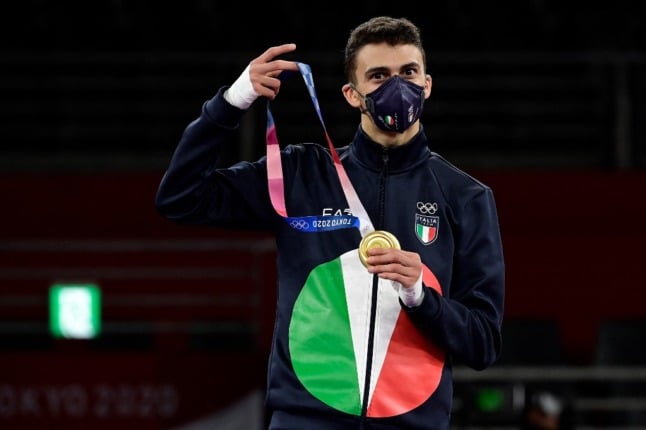

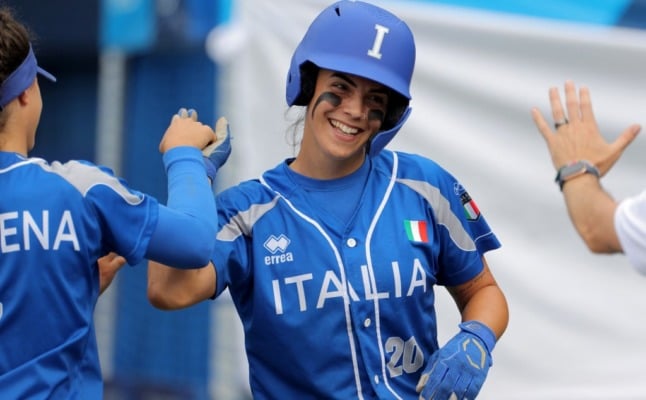

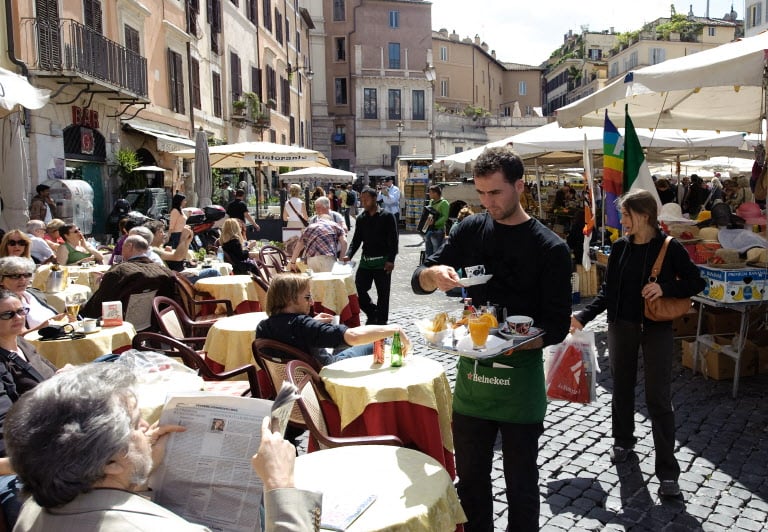
 Please whitelist us to continue reading.
Please whitelist us to continue reading.
Maybe they didn’t choose green because that is the colour of the Irish team. Flag is almost the same too – green, white and gold not orange or the Italian red.